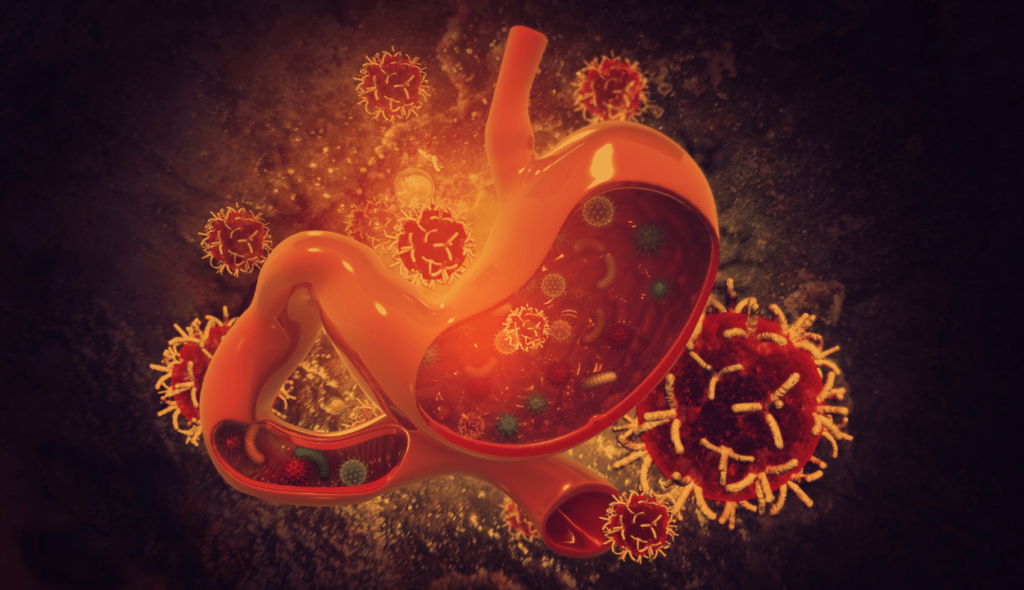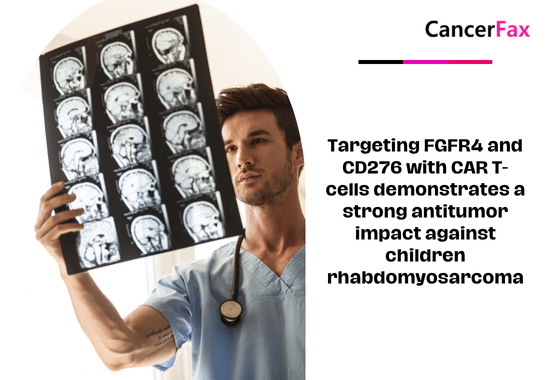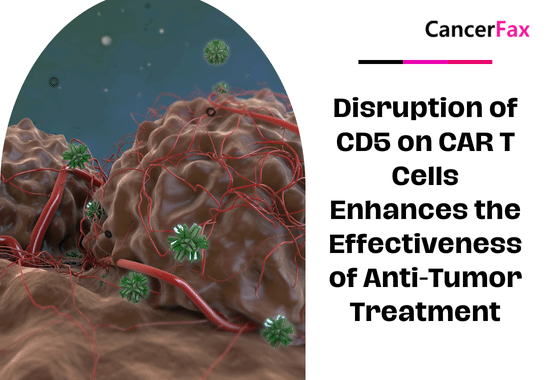Sept 2022: The treatment of various tumours has been transformed by cell-based immunotherapy, often known as CAR-T cell therapy. In order to target and combat specific forms of leukaemia and lymphoma, the treatment employs genetically engineered T cells. While it has the potential to cure cancer in certain individuals who would otherwise pass away from the disease, it also carries the danger of a number of adverse effects, some of which can be fatal and disrupt brain function.

According to a recent study from Washington University School of Medicine in St. Louis, a quick blood test could help doctors determine which patients are more likely to experience neurotoxic side effects in the days and weeks following CAR-T cell therapy. Researchers discovered that levels of a protein called neurofilament light chain (NfL) are higher in individuals who go on to have neurotoxic problems after studying blood samples taken from patients before, during, and after CAR-T cell therapy. Before the therapy even starts, there are high quantities of the protein present, and those levels stay high throughout the therapy and for up to a month after.
The study, which was released on September 1 in the journal JAMA Oncology, may assist medical professionals foresee these potentially fatal side effects and enable them to start administering medications that can lessen the neurotoxic consequences early on in a patient’s treatment. Additionally, it provides a platform for early CAR-T cell treatment side effect prevention or risk reduction research.
Lead author Omar H. Butt, MD, PhD, a medical instructor who sees patients at the Siteman Cancer Center at Barnes-Jewish Hospital and Washington University School of Medicine, said, “Our study suggests that some patients receiving CAR-T cell therapy have previously undetected damage to neurons present at baseline, before we even begin preparing them for this treatment.” “We don’t know the genesis of this injury, but it appears to predispose individuals to having neurotoxic problems. We can prevent or lessen the severity of these consequences if we know who is at risk for them.
The NfL protein, a broad indicator of neuronal damage, has been used to gauge or track the severity of a number of neurological conditions, including Alzheimer’s disease and multiple sclerosis.
According to co-senior author and Daniel J. Brennan Professor of Neurology Beau M. Ances, MD, PhD, “measures of NfL in the blood are being used as a tool to evaluate the efficacy of prospective novel therapeutics for multiple sclerosis.” “We intend to carry out more research to determine what causes the neuronal damage in these cancer patients. Because Washington University has some of the best experts in CAR-T cell therapy and top-tier knowledge in neurodegenerative illnesses, this unusual collaboration has been made possible. It offers a fantastic chance to fill gaps and bring various professions together in an effort to find a frustrating solution and benefit people.
30 individuals underwent treatment at Cleveland’s Siteman Cancer Center and Case Comprehensive Cancer Center, both of which are affiliated with Case Western Reserve University.
Patients who did not experience any neurotoxic side effects might be distinguished from those who did so based on their NfL baseline levels. To see whether a bigger sample size will enable them to identify patients at risk of mild, moderate, or severe problems, the researchers intend to continue examining data from more patients.
The complications can range greatly from headaches, seizures, strokes, and brain swelling to difficulties concentrating, memory issues, disorientation, difficulty reading, and headaches. High-dose steroids and occasionally immune-modulating therapies that aim to lessen inflammation are the main ways that doctors treat these problems. Since these therapies might, regrettably, impair the anti-cancer effect of the CAR-T cells, doctors would prefer to avoid using them whenever possible, thus it is very helpful to know who is at risk of the most harmful side effects.
Another puzzle is that even as some patients have neurotoxic side effects and later recover from them, the raised NfL levels are already present and mostly constant. This implies that while NfL levels don’t necessarily represent what is happening to cause the patients’ difficulties, they do indicate that something is wrong.
In terms of the actual illness process, “we’re just seeing the top of the iceberg, and that’s where many of our future investigations are heading,” Butt said. “We’re attempting to understand more clearly what initially led to these adjustments. And later on, even when the symptoms have subsided, these high NfL levels are still present.
We have a study ongoing at Siteman to see if, in fact, these patients continue to have subtle symptoms in terms of cognitive changes or deficits that persist long term,” added co-senior author Armin Ghobadi, MD, an associate professor of medicine and clinical director of the Center for Gene and Cellular Immunotherapy at Washington University School of Medicine and Siteman Cancer Center.

